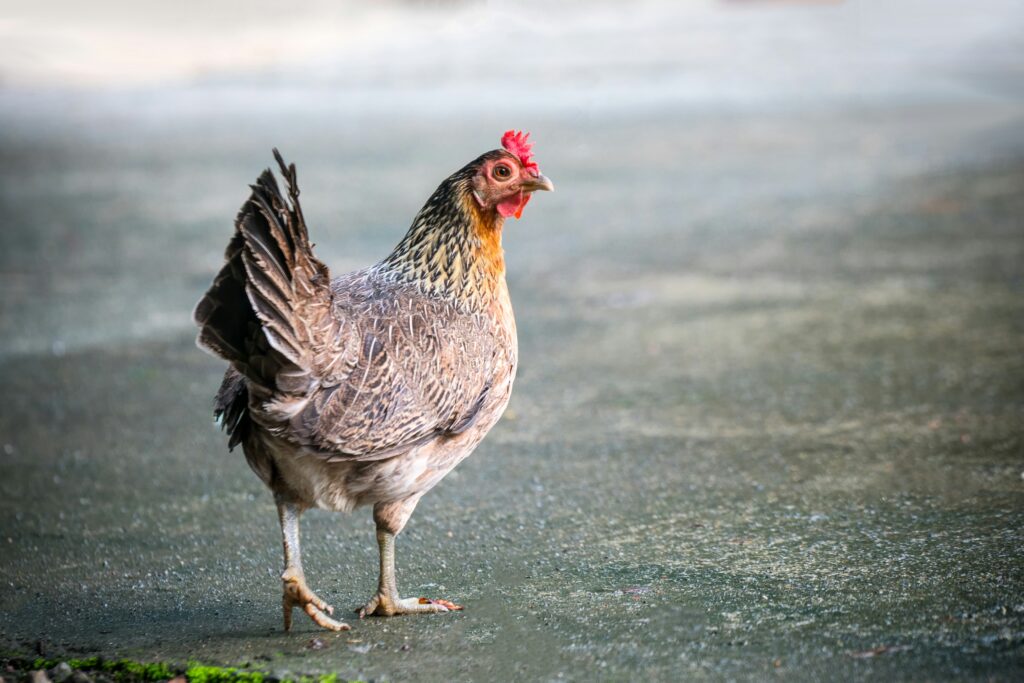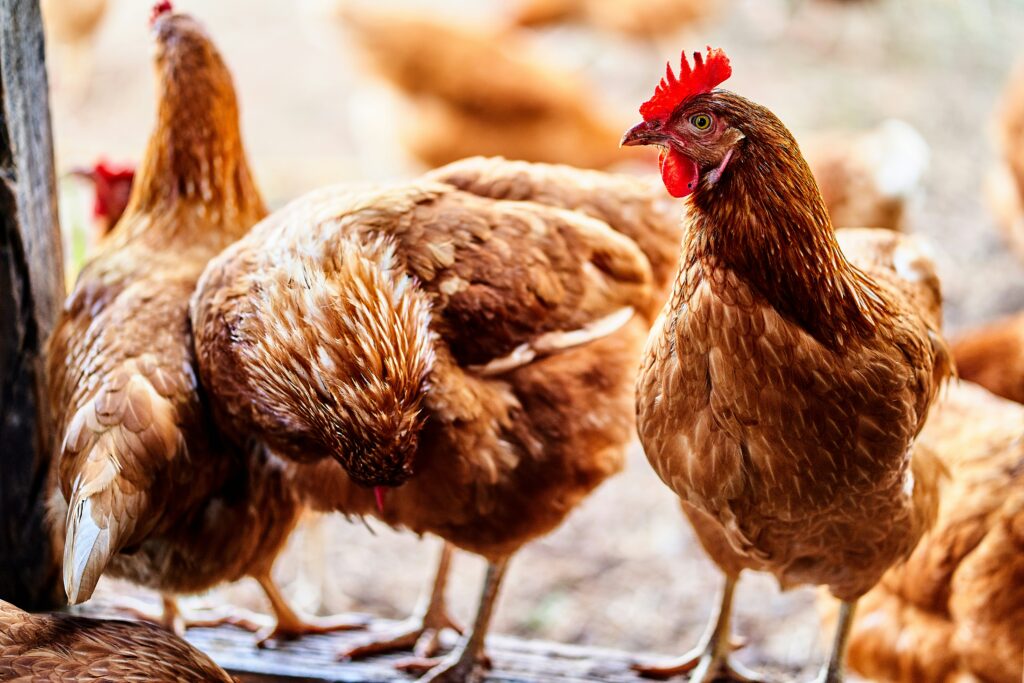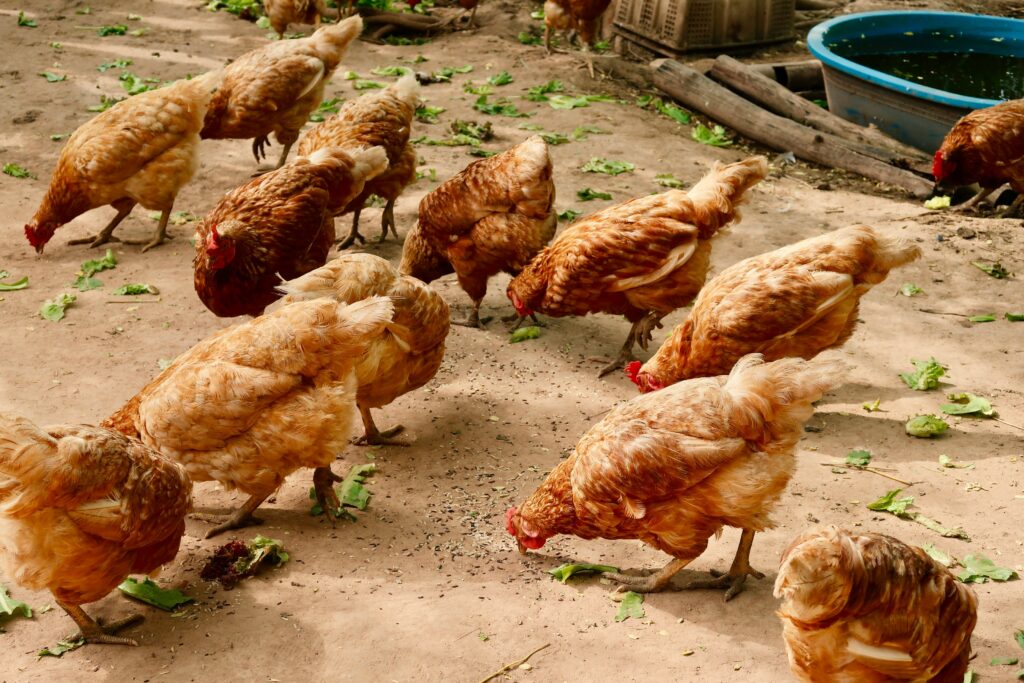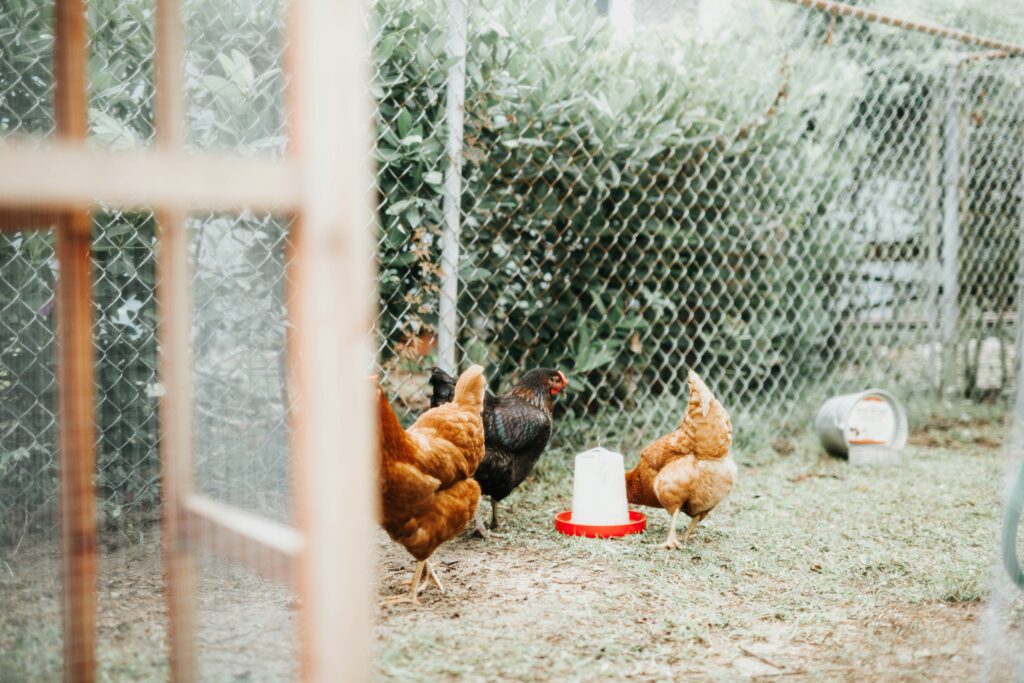Introduction to Marek’s Disease
Marek’s disease is a highly contagious viral illness affecting chickens, particularly young birds. Caused by a strain of herpesvirus, it’s known for causing paralysis, tumors, and even death in poultry. While the disease primarily targets chickens, it can devastate entire flocks if not managed properly. Understanding the causes, symptoms, prevention, and management is essential for every poultry keeper, whether you manage a commercial farm or a small backyard coop.

Photo by sippakorn yamkasikorn on Unsplash
History and Background of Marek’s Disease
First identified in the early 1900s by Hungarian veterinarian József Marek, the disease has since evolved into several strains. Before the 1970s, Marek’s disease was nearly uncontrollable. However, the introduction of the Marek’s vaccine revolutionized poultry health management and drastically reduced its mortality rate. Despite vaccination, the virus continues to mutate, which is why ongoing prevention remains vital.
What Causes Marek’s Disease in Chickens?
The Role of Herpesvirus in Marek’s Disease
Marek’s disease is caused by a highly contagious alpha-herpesvirus known as Gallid herpesvirus 2 (GaHV-2). It’s part of the same family as the viruses that cause infectious laryngotracheitis and human cold sores. This virus attacks the bird’s nervous system, organs, skin, and eyes, leading to severe illness and often death.
Transmission Methods
The virus is primarily spread through inhalation of feather dander, dust, and droppings. Once introduced into a coop, the virus lingers in the environment for months—even after infected birds are gone. The most vulnerable birds are chicks between 3 to 30 weeks old. Older birds can carry the virus without showing symptoms, acting as silent spreaders.
Signs and Symptoms of Marek’s Disease
Early Symptoms to Watch For
Early signs can be subtle, making early detection tricky:
- Lethargy or reduced activity
- Poor growth or weight loss
- Drooping wings
- Uneven pupil shape or cloudy eyes
- Weak legs or limping
Advanced and Neurological Symptoms
As the virus progresses, it may cause:
- Full paralysis (legs or wings)
- Twisted neck or head tilt
- Tumors in organs or skin
- Blindness
- Sudden death
Paralysis often occurs asymmetrically, with one leg stretched forward and one back—a telltale sign of classical Marek’s.

Photo by Henrique S. Ruzzon on Unsplash
Types of Marek’s Disease
Classical (Neurological) Marek’s Disease
This form attacks the spinal cord and peripheral nerves, leading to paralysis and coordination issues.
Acute Marek’s Disease
The acute form comes with aggressive tumor growth in internal organs, particularly the liver, kidneys, and spleen.
Cutaneous Marek’s Disease
Characterized by tumorous feather follicles and skin lesions. It’s less fatal but highly visible and concerning.
Ocular Marek’s Disease
This rare form affects the iris of the eye, leading to partial or full blindness.
How is Marek’s Disease Diagnosed?
Clinical Evaluation
A vet may diagnose based on signs, but since symptoms can mimic other diseases, it’s not always accurate.
Lab Testing and Necropsy
Definitive diagnosis involves:
- PCR testing for viral DNA
- Histopathology to examine tumor cells
- Post-mortem examination to confirm lesions in nerves or organs
Can Marek’s Disease Be Treated?
Why There is No Cure
Unfortunately, there is no known cure for Marek’s disease. Once infected, a bird either recovers with lifelong complications or succumbs.
Managing Symptoms Humanely
Options include:
- Providing comfort care
- Isolating affected birds
- Euthanizing to prevent suffering and spread

Photo by chatnarin pramnapan on Unsplash
How to Prevent Marek’s Disease
Importance of Vaccination
Vaccinating chicks within 24 hours of hatching is the gold standard. It doesn’t prevent infection but greatly reduces severity.
Biosecurity Measures
- Clean coops regularly
- Avoid introducing new birds without quarantine
- Limit outside exposure and human traffic
Best Practices for Backyard Flocks
- Source birds from reputable hatcheries
- Sanitize tools, boots, and feeders
- Use HEPA-filtered brooders for chicks
Impact of Marek’s Disease on Egg Production
Infected hens may:
- Lay fewer eggs
- Produce smaller or misshapen eggs
- Cease laying altogether
The economic impact can be severe for commercial farms, especially if the infection spreads to breeding stock.
How Marek’s Disease Affects Poultry Farms
Outbreaks can:
- Wipe out entire flocks
- Lead to culling and revenue loss
- Harm breeding programs
Even vaccinated flocks can become virus carriers, which is why comprehensive flock management is essential.
Is Marek’s Disease Contagious to Humans or Other Animals?
Good news—Marek’s disease is not zoonotic. It poses no threat to humans or other pets. However, other poultry species like turkeys and quail may be susceptible to related viruses.
Differences Between Marek’s and Other Chicken Illnesses
Marek’s is often confused with:
- Newcastle Disease – also causes paralysis but has respiratory symptoms.
- Avian Leukosis – tumor-forming but affects older birds.
- Vitamin Deficiencies – can mimic neurological symptoms.
Always consult a vet for accurate diagnosis.
Real-Life Case Studies and Expert Insights
In a 2022 study by the University of Georgia’s Poultry Science Department, nearly 40% of unvaccinated flocks in backyard coops showed latent infection, despite no outward signs. This underlines the importance of proactive vaccination and biosecurity
Frequently Asked Questions
1. Is Marek’s disease contagious?
Yes, it spreads through feather dust and close contact with infected birds.
2. Can vaccinated birds still get Marek’s?
They can get infected but usually show milder symptoms or none at all.
3. How long does the virus survive in the environment?
Up to several months in dust and dander.
4. What age are chickens most at risk?
Chicks aged 3 to 30 weeks are the most vulnerable.
5. Can Marek’s be passed through eggs?
No, the virus is not vertically transmitted from hen to chick.
6. Should I cull an infected bird?
If symptoms are severe, humane euthanasia is often the kindest option to prevent suffering and spread.

Photo by Annie Williams on Unsplash
Conclusion: How to Protect Your Flock and Maintain a Healthy Coop
Marek’s disease is a serious yet preventable threat to your flock. Early vaccination, strict hygiene, and regular monitoring are your best defenses. While there’s no cure, understanding the virus and acting fast can make all the difference.
Don’t wait until it’s too late—review your coop’s biosecurity today, and give your birds the protection they deserve.
